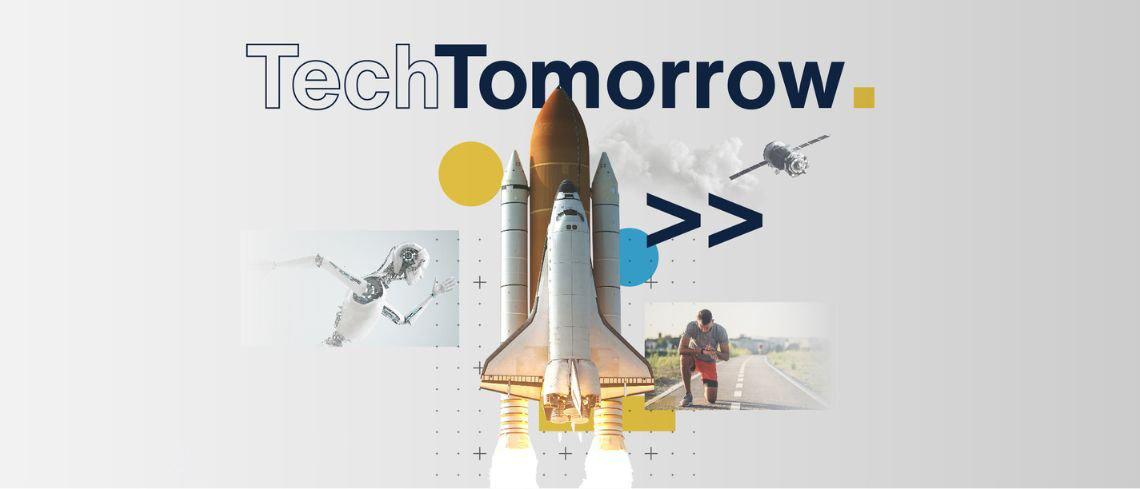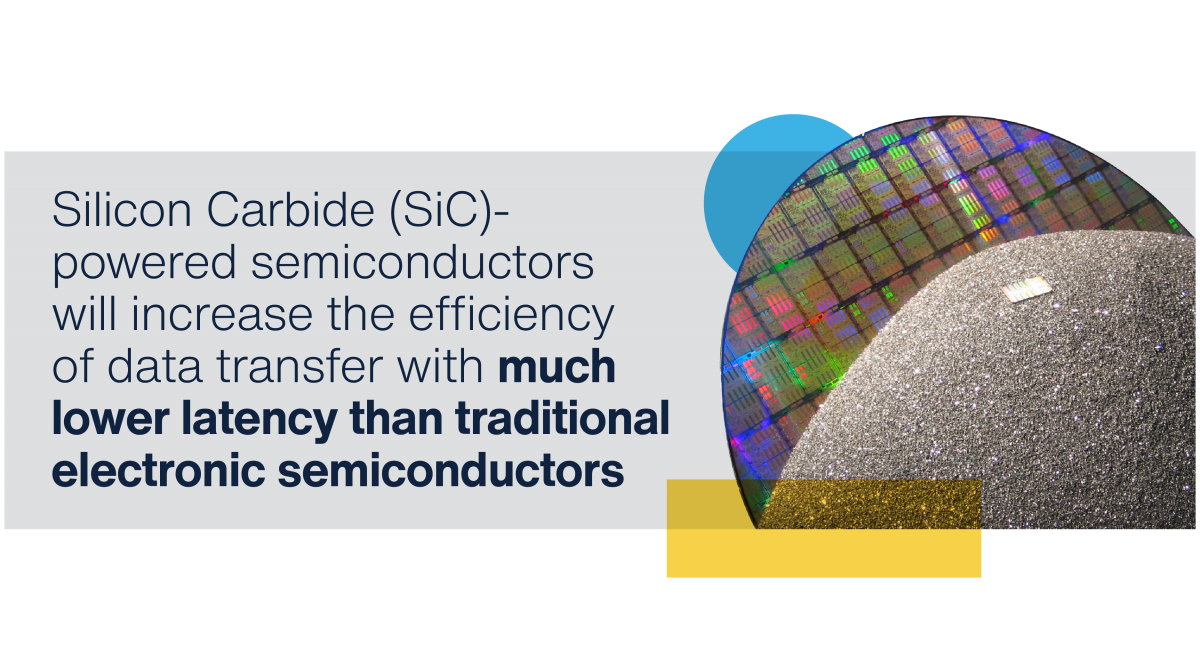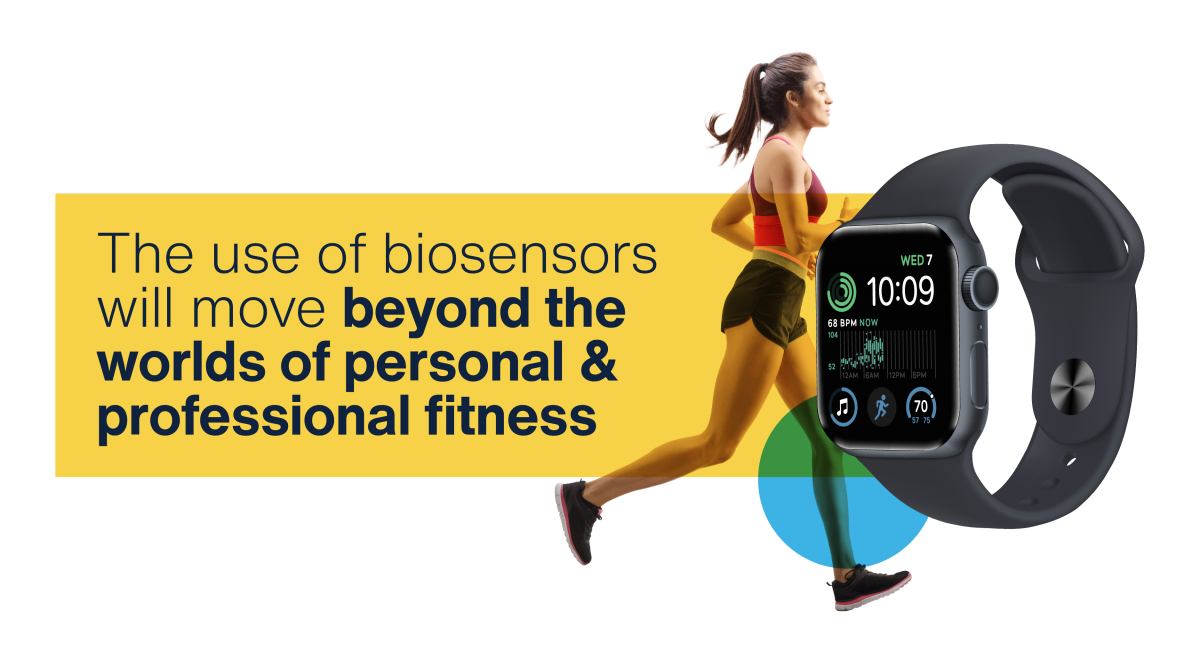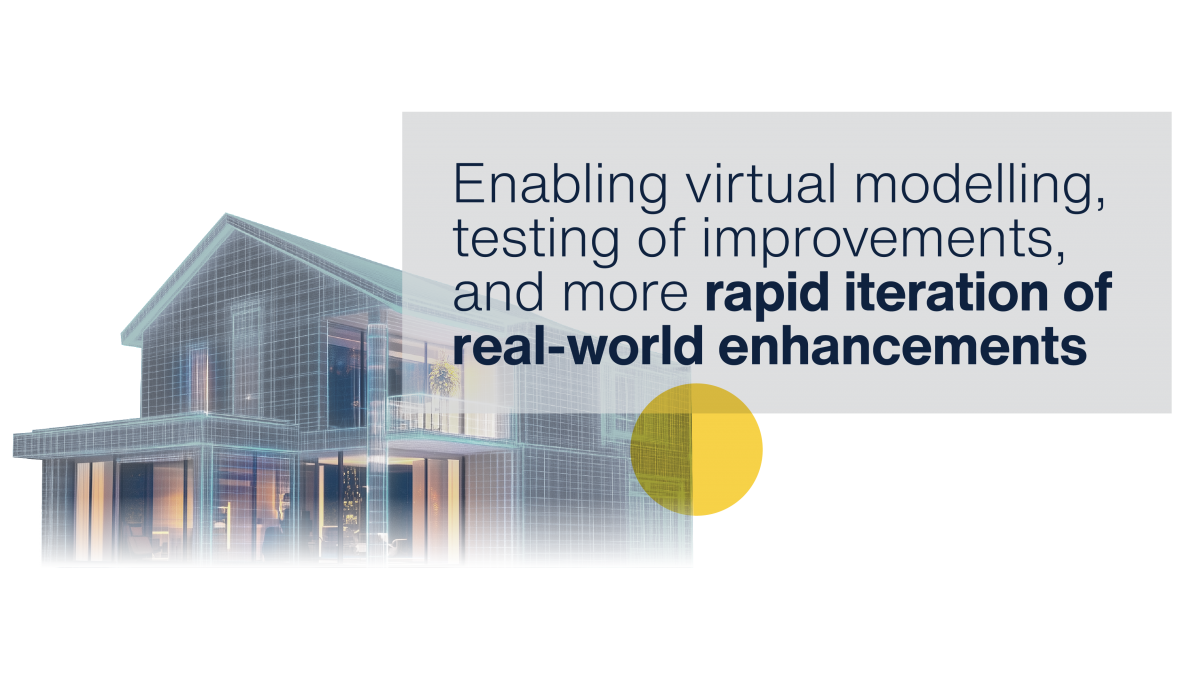Eight major trends in the semiconductor industry in 2025 and beyond

In the current era of rapid technological development, in the past few decades, from the popularization of the Internet to the rise of artificial intelligence, technology has iterated at an astonishing speed, setting off a wave of change in all walks of life. It is undeniable that trying to make accurate predictions about future trends is often extremely difficult due to the uncertainty of technology and the interweaving of various complex factors. Even so, a forward-looking perspective is still crucial. It is like a beacon that guides us in a complex and changing environment. Below, we will analyze in detail the key factors that may continue to reshape the industry landscape in the next few years.
Helping machines to "think" more accurately
In recent years, machine learning, deep learning, and artificial intelligence (AI) have made great progress. In the past, the focus was mostly on training models that support AI services, but now the development momentum is shifting from training to reasoning.
Reasoning is more like a thinking and reasoning process, which is to apply a trained model to data to draw predictions and conclusions. Compared with chip technologies that focus on "learning", chip technologies that are more suitable for "thinking" will stand out, allowing AI to produce more accurate results. In addition, people will pay more attention to neural processing units (NPUs) than graphics processing units (GPUs), especially in embedded application scenarios close to the source of data.
Advances in photonic integrated circuits (PICs) have increased the speed and capacity of data transmission, which will promote the development of ultra-fast artificial neural networks and neuromorphic computing. For computer vision applications, convolutional neural networks (CNNs) will revolutionize the ability of machines to interpret and understand images and visual information.
AI continues to move to the edge
Continuous innovation in AI chip technology, especially the development of neural processing units (NPUs), has brought more and more opportunities to add more intelligent functions to every connected device and sensor. This is edge AI, that is, embedding AI functions into devices at the edge of the network.
Implanting intelligent analysis functions in devices and sensors closer to the source of input data can not only reduce latency, but also improve data security and privacy. AI processing at the edge also reduces the amount of data transmitted from devices to data centers, which in turn reduces the processing burden on servers. NPUs using lightweight AI models such as TinyML are also much more energy efficient than GPUs in data centers.
Given the number and types of connected devices and sensors, the potential for edge AI applications in various industrial and consumer sectors is clear. Innovation in this area will develop rapidly, giving "intelligence" to every device.
New directions for silicon technology
How to improve semiconductor performance in a more efficient way will become a top priority. Silicon carbide (SiC) is a good example. Its characteristics and advantages in power electronics are well known, and its potential in automotive, energy and industrial applications is huge.
However, the manufacturing of SiC semiconductors is challenging. Innovation in this area will be achieved through vertical integration of the manufacturing process, with close collaboration from design to testing to improve yield and product quality.

Silicon photonics has also become a technology that is well suited to meet current and future computing challenges. Silicon photonics uses light (photons) instead of electrons to transmit information, which can improve data transmission efficiency with lower latency compared to traditional electronic semiconductors. This makes it an ideal technology for interconnection within AI data centers, but its potential applications are almost endless.
Conventional chip technology drives quantum computing
For years, quantum computing has been discussed at a conceptual level, even though it seems more like something out of science fiction than something that can be applied in the real world. The leap in computing power represented by quantum is so huge that it means a completely new approach to processing technology is needed. However, with relatively minor adjustments, existing semiconductor manufacturing technology can be used to power quantum computers. This will completely change the situation.
The use of proven FD-SOI semiconductor process technology will accelerate the development of quantum computing towards practical applications. Although quantum computing is not suitable for all computing tasks, we will see that various industries and application scenarios, from financial services to pharmaceuticals, from cybersecurity to climate modeling, will explore potential use cases for quantum computing.
Biosensors expand from fitness enthusiasts to daily health management
Millions of amateur athletes are already actively using wearable devices to monitor biological indicators during exercise and measure their progress in improving their health.
Biosensor technology continues to advance, increasing the number and types of biometrics monitored, shrinking in size, reducing costs, and significantly improving energy efficiency, which will allow them to be embedded in a wider variety of devices and materials. When there is a balance and control in terms of what is monitored, who the information is shared with, and when, people will be more willing to accept the continuous monitoring of their health indicators.

The application of biosensors will no longer be limited to personal and professional fitness, but will expand to a wider range of healthcare services. Combined with edge AI, people can get medical advice and diagnosis when they need it, and in many cases without going to a clinic or hospital. Proactive healthcare (prevention rather than treatment) will become feasible, which is expected to significantly reduce the burden on global healthcare systems.
Electric vehicles are back on track, smarter and safer than ever
Although electric vehicle sales have indeed declined in some markets and the overall sales growth rate has been lower than expected, electric vehicle sales are still growing globally.
Sales figures aside, technological innovation in electric vehicles is still advancing rapidly. There is no doubt that semiconductors, sensors, and software will play an increasingly important role in the automotive experience and safe operation of vehicles.
More efficient battery and power management technologies inside electric vehicles, as well as better and more efficient charging infrastructure in different countries and regions, will also inform consumers' acceptance of electric vehicles. As consumers become more actively involved in the transition to renewable energy, electric vehicles will become one of the easiest and most far-reaching actions they can take.
Everything can be a digital twin
Digital twins are digital representations of physical entities (from machines to buildings to entire cities), which support virtual modeling, testing of planned improvements, and faster iteration of optimization measures in the real world.
The basis for creating digital twins is the precise data stream about physical entities, which is usually provided by the Internet of Things (IoT) and edge AI-enabled sensors.
Innovations in the field of smart sensors mean that almost all physical entities can be digitally "twinned", and the insights gained from the data will drive advances in design, monitoring, and process optimization. Almost every sensor, from temperature sensors to pressure sensors, from air quality sensors to sound sensors, will play an important role.

Urban management departments will use digital twin technology to reduce pollution, improve transportation, enhance safety, and achieve broader sustainable development goals. We will create digital twins of our homes, using them to optimize energy use and as the basis for enhanced smart home automation. Transportation systems, hospitals, airports, factories, stadiums…everything will be a digital twin.
Towards infinity and beyond
We are in an era of unprecedented satellite launches. There are currently about 9,000 satellites in orbit around the Earth, but that number is expected to grow to as many as 60,000 by the end of this decade.
This growth is driven primarily by “mega-constellations” in low-Earth orbit, which are building low-latency, high-performance communications networks that cover the globe.
Looking beyond Earth orbit, many countries are planning space exploration missions. It is very likely that humans will set foot on the moon again in the next few years. One of the main goals of these planned expeditions is to find and analyze rare mineral resources that could usher in the next era of technological innovation.
If recent history is any guide, the pace of change will continue to accelerate as some amazing advances are made in the science and technology sector in the coming year and beyond. Some of the trends mentioned above may prove to be accurate, while others may just be our wishful thinking. There will almost certainly be innovations that we are not yet aware of.
